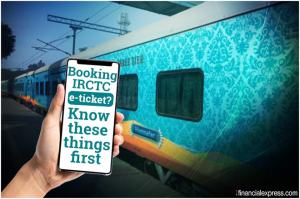
Research firm Canalys said the “incredible performance is partly due to Micromax’s continuing appeal to mobile phone users upgrading to smart phones. Its flagship line of products has also very effectively targeted the US$150 to US$200 (Rs 9,000 to Rs 12,000) segment, with products such as the Canvas Nitro and Canvas Hue”. Addressing these segments has helped it take a 22% share of the total smart phone market in India, ahead of Samsung at 20%.
Canalys’ recently published estimates show that in Q4 2014 in India, 23% of shipments were of devices priced under US$100 (Rs 6,000), while 41% were of devices in the US$100 to US$200 bracket (Rs 6,000 to Rs 12,000).
Canalys Analyst Rushabh Doshi said, “Canalys believes catering to local market preferences will become increasingly important. Micromax has been quicker than its competitors to improve the appeal of devices, for example, by including a wide variety of local languages on its Unite phones.”
Doshi said Lava, another domestic vendor, has launched devices that cater to the preference for greater battery life – in this case a couple of days. “But vital to success is selling these handsets at low price points to appeal to the bulging mid-level income market in India.”
Overall, the Indian market experienced very strong annual growth of 90%, with 21.6 million units shipping in the quarter. The top four players in Q4 2014 in India by units shipped were Micromax, Samsung, Karbonn and Lava, with a tough fight being seen for the third and fourth positions.
Interestingly, Samsung countered the report with GfK data, which it claimed was “based on actual sales”. “Samsung’s volume market share in the October-December 2014 quarter was 34.3% and the value market share was 35.8%,” a release said. It quoted Asim Warsi, Vice-President, Marketing, Mobile business, Samsung India Electronics Pvt. Ltd, to claim they still “lead the market with innovative and exciting offerings”. “Our volume market share in the smartphone market in the year was 35.7%, which is more than double than that of the next player, while our value share was 40.2%, which is more than four times the next player. The GfK data is based on actual retail sales in 50,000-plus population cities,” he said.








